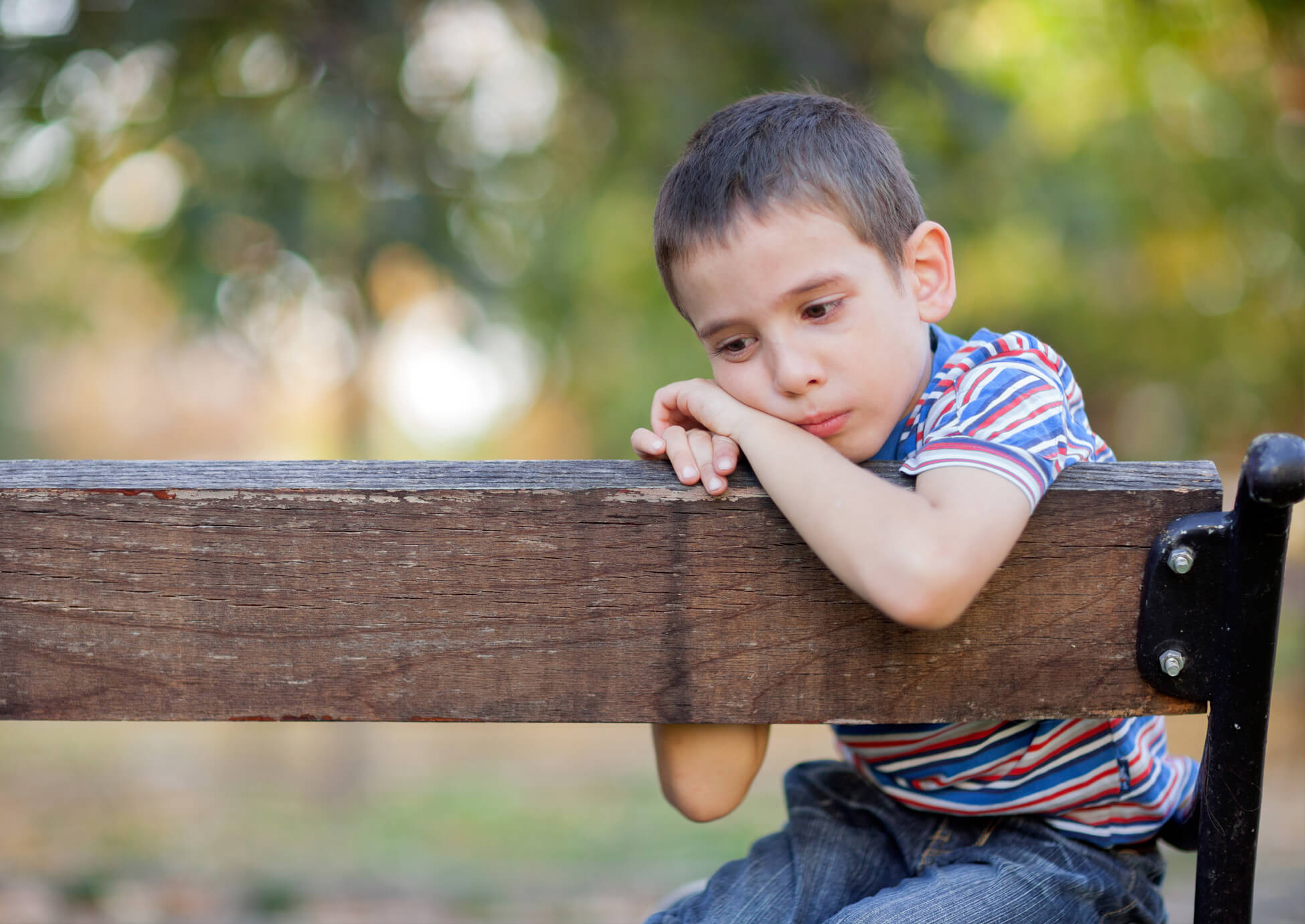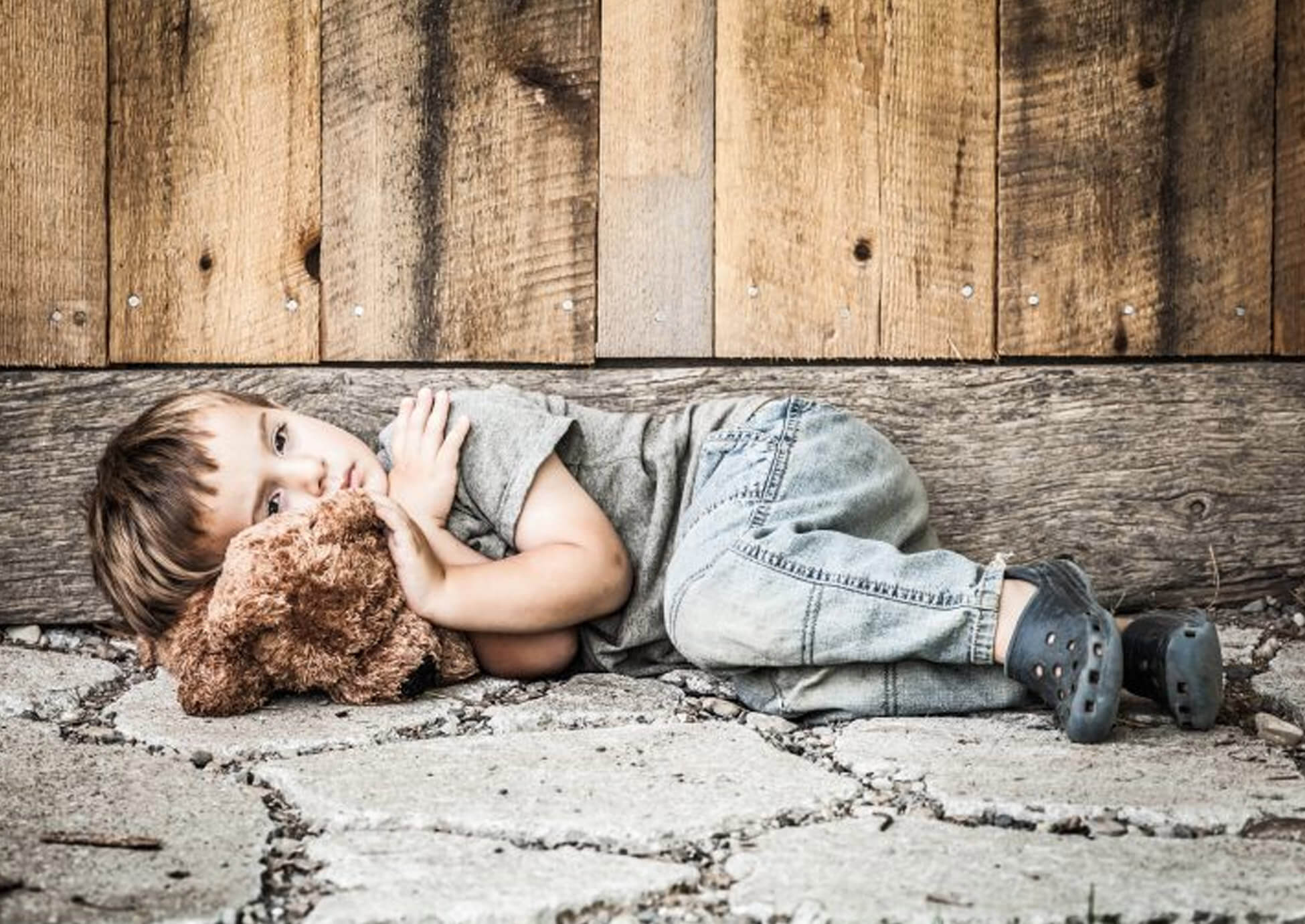Child Neglect
Child abuse needs to stop and education is the key.
The following free resources are essential to driving change and
are made possible through your contributions. Thank you.

Neglect is the #1 form of child abuse
More children die from neglect than any other form of child abuse.
Children living through abuse and neglect unnecessarily suffer the ill effects of this trauma for the rest of their lives.
Children who are nurtured and supported throughout childhood are more likely to thrive and develop into happy, healthy, and productive adults.
Read on to learn about what is considered child neglect.

PHYSICAL CHILD NEGLECT
Physical neglect is the negligent treatment or maltreatment of a child by a parent or caretaker under circumstances indicating harm or threatened harm to the child’s health, safety, or welfare.
The term includes both acts of commission and omissions on the part of the responsible person. The California Child Abuse and Neglect Reporting Act defines two categories of physical neglect – severe neglect and general neglect.
General Child Neglect
General neglect refers to the negligent failure of a parent or caretaker to provide adequate food, clothing, shelter, medical care, or supervision where no physical injury to the child has occurred.
An example of inadequate supervision is when parents leave their children unsupervised during the hours when the children are out of school.
Some parents are often unable to arrange childcare services to meet their needs. Although they may not regard themselves as “neglecting their children,” leaving young children without supervision may constitute general neglect.
Children left in these circumstances may be particularly vulnerable to accidents, injuries, or crime. This is a complicated area that is subject to controversy regarding:
- the age when children should be left alone
- societal and community responsibilities to provide resources
- governmental requirements


General Neglect
General neglect means the negligent failure of a parent or caretaker to provide adequate food, clothing, shelter, medical care, or supervision where no physical injury to the child has occurred.
An example of inadequate supervision is when parents leave their children unsupervised during the hours when the children are out of school. These parents are often unable to arrange childcare services to meet their needs. Although these parents may not regard themselves as “neglecting their children,” leaving young children without supervision may constitute general neglect. Children left in these circumstances may also be particularly vulnerable to accidents, injuries, or crime. Because these parents don’t perceive any wrongdoing, this is a complicated area that is subject to controversy regarding the age when children should be left alone, societal and community responsibilities to provide resources, and governmental requirements.

Severe Neglect
Severe neglect refers to the negligent failure of a parent or caretaker to protect the child from severe malnutrition or medically diagnosed non-organic failure to thrive. It includes those situations of neglect where the parent or caretaker willfully causes or permits the person or health of the child to be placed in a situation such that his or her person or health is endangered. This includes the intentional failure to provide adequate food, clothing, shelter, or medical care.
EMOTIONAL CHILD NEGLECT
Emotional neglect of a child is another form of neglect that can have lasting negative effects. Depriving a child of love, security, and affection is emotional neglect, and can cause a child serious harm. Read more about the effects of emotional deprivation and what an intervention might look like.
RECOGNIZING THE EFFECTS OF CHILD NEGLECT
Child neglect can cause a wide variety of effects that impact a child’s ability to thrive. Diagnosing child neglect may be difficult, but there are signs and symptoms that can aid a medical evaluation.
Infants or young children who are much smaller than would be expected at a particular age can present a difficult diagnostic problem for physicians. After excluding those infants who are small because they were small at birth, there remains a large group of infants with consistently low weights and perhaps short lengths and small head circumferences. This may be a sign of physical child neglect, and the child should be examined further by a medical professional.
Some children suffering neglect are small because of a failure to meet their nutritional needs and/or failure to meet their emotional needs. These children may also demonstrate delayed development and abnormal behavior.
Some of the small children may have hidden medical problems. Hospitalization may be required to screen for significant medical illness and, more importantly, to see if the child responds to adequate nutrition and a nurturing environment with a rapid weight gain and more appropriate behavior. Evaluation is more than weighting and measuring a baby; further examination is often required to recognize and diagnose child neglect.
Children who suffer neglect may also receive sporadic disconnected medical care and are likely only to be examined in emergency rooms. They may have no ongoing measurement of development except as noted by caretakers. Failure to document physical growth and other markers of child development may prevent an accurate diagnosis and make it impossible to protect a child or provide useful intervention.
Growth charts, a useful measurement of child development, compare the child to other children noting percentile size in head, body length and weight. Feeding failure for whatever reason will generally damage weight first, length second, and head circumference third, so it may be helpful to observe the caretaker’s feeding habits to ensure proper nutrition. In fact, the best environment to observe this is in the home. Pediatric expertise is vital to assess such changes, and growth charts should be kept on all infants and toddlers who may be suffering neglect.
Recognizing physical and behavioral signs of child neglect is crucial to preventing abuse. If left untreated, the physical and/or emotional health of the child may be endangered, and emotional disorders, academic issues, retardation, and other problems may result.
Indications of Child Neglect
The signs of child neglect may be subtle, but they can indicate a child is not being cared for properly and is being maltreated.
- The child is lacking adequate medical or dental care.
- The child is often sleepy or hungry.
- The child is often dirty, demonstrates poor personal hygiene, or is inadequately dressed for weather conditions.
- The child is depressed, withdrawn or apathetic; exhibits antisocial or destructive behavior, shows exaggerated fearfulness; or suffers from substance abuse, or speech, eating, or habit disorders (biting, rocking, whining).
- There is evidence of poor supervision (repeated falls down stairs; repeated ingestion of harmful substances; a child cared for by another child); the child is left alone in the home, or unsupervised under any circumstances (left in car, street).
- The conditions in the home are unsanitary (garbage, animal, or human excrement); the home lacks heating or plumbing; there are fire hazards or other unsafe home conditions; the sleeping arrangements are cold, dirty, or otherwise inadequate.
- The nutritional quality of food in the home is poor; meals are not prepared; refrigerator or cupboards contain spoiled food.
The abuse may be brief, but the trauma lasts a lifetime.
Kids’ lives and futures are on the line!
Be the voice against neglect and contribute to end child maltreatment today.
Our Lessons are available for Offline learning!
Previous Section
Parenting Resource Center
Child Neglect
Next Section
